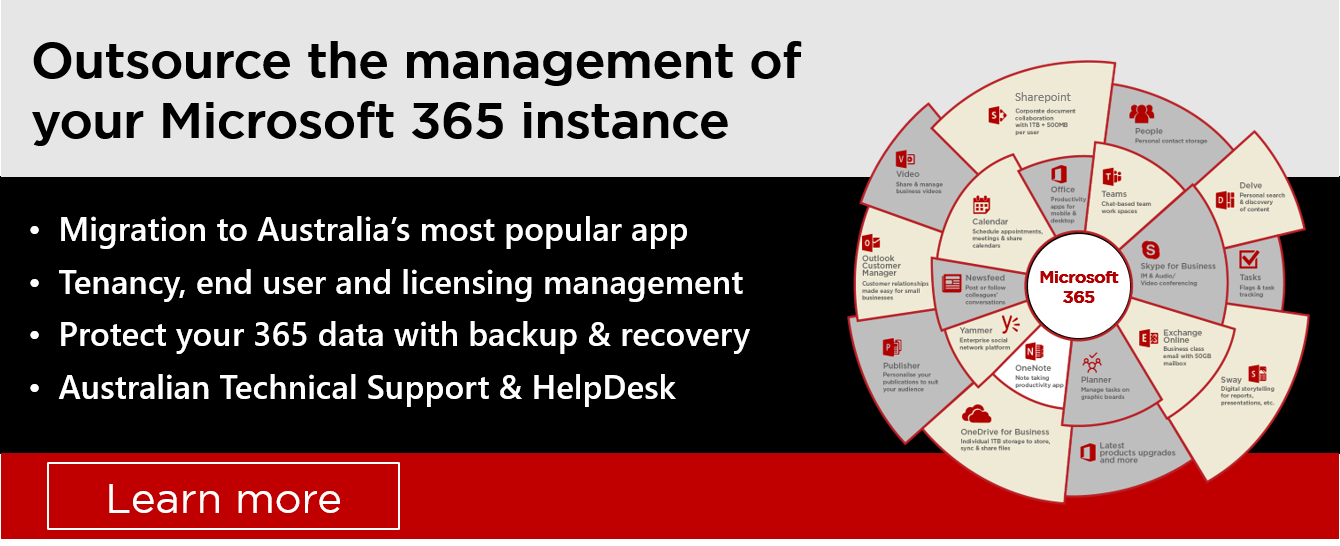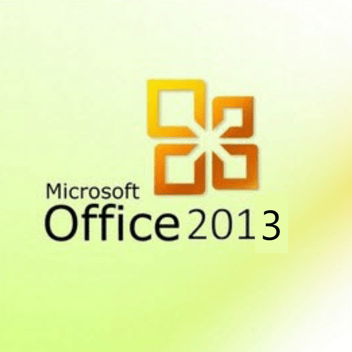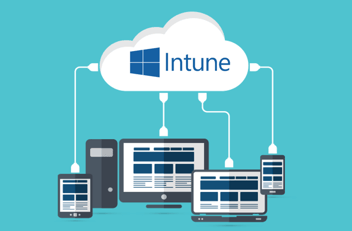Microsoft 365 price rise and NEC subscription changes - what Australian business needs to know
17 Feb 2022
UPDATED 1 July 2022. Many Australian organisations faced a significant price increase earlier this year as Microsoft made big changes to how it bills, terms and renews Microsoft 365 and Office 365 subscriptions and licences.
After a decade of consistent pricing, on 1 March 2022 Microsoft increased the cost of its Microsoft 365 and Office 365 licences, and also moved term subscriptions into its New Commerce Experience (NCE) model.
What does the price increase look like for the Australian market?
Microsoft announced its global licence price increases in the middle of 2021. They were expressed in US$ and varied from $1 to $4 per user per month dependent on the plan. This equated to a 20% increase for lower tier licences and a 12.5% increase for the more expensive high end tier licences.
Exactly how the US$ increases would translate to AUD was not announced prior to D-day but we can now see the monthly increase has followed the American dollar rise.
| PLAN | PRICE INCREASE US$ | OLD PRICE AUD per month per user | NEW PRICE AUD per month per user |
| Microsoft 365 Business Basic | $1 | $6.90
|
$8.20 |
| Microsoft 365 Business Premium | $2 | $27.50 | $30.20 |
| Office 365 E1 | $2 | $11 | $13.70 |
| Office 365 E3 | $3 | $29 | $33.30 |
| Office 365 E5 | $3 | $50.70 | $55.00 |
| Microsoft 365 E3 | $4 | $46.40 | $52.50 |
What Microsoft 365 and Office 365 licences were affected?
Microsoft did not increase the pricing on every plan. It has left the Microsoft 365 F3 for frontline workers, as well as it's most expensive, comprehensive subscription plan, Microsoft 365 E5, untouched.
Also unaffected are consumer and education-specific plans, although these are expected to increase sooner rather than later.
Why did Microsoft increase M365 pricing?
Microsoft made a strong case for its price increase pointing out that Office 365 was first released in 2011 and 24 apps and 1,400+ new features have been added since — without any substantial price increases. The most noticeable of these additions include
- Microsoft Teams was added to the M365 suite at no additional cost in November 2016. Teams now has over 250 million monthly active users (MAU) and has been the cornerstone of many work-from-home strategies during the pandemic. It’s the only solution that weaves together meetings, calls, chats, other collaboration tools, and the ability to automate business processes. (At MobileCorp we use Teams, Teams Calling, as well as Dynamics 365 and some Power BI apps.)
- Security features have are critical for enterprises in an increasingly complex cybersecurity landscape. Built-in mobile device management (MDM) and other management tools like Microsoft Endpoint Manager help admins support remote and hybrid workforces. Capabilities like data loss prevention (DLP) for email and documents, sensitivity labels, and message encryption to help keep important data within the organisation have been added. Compliance additions to help organisations reduce risk and respond to increasing regulatory requirements include Content Search, eDiscovery, and core Litigation Hold.
- Innovation Growing innovation includes the advancement of artificial intelligence. Microsoft has added new cloud-powered AI that automatically creates maps, charts, and tables in Excel, and sorts email and removes clutter in Outlook. There has also been AI-powered real-time translation, captions, and transcription make collaboration and communication more accessible.

What is NCE and how does it affect Microsoft subscription term pricing?
The second big shift by Microsoft was the expansion of its New Commerce Experience subscription term/renewal model to include Microsoft 365, Dynamics 365, Windows 365, and the Power Platform.
Under the NCE model, subscribers who commit to annual or 3-year terms will avoid a new 20% premium that will be applied to monthly subscriptions.
Subscribers who lock into 12-month or 36-month terms will have guaranteed pricing over that term, but only with payment of the full term upfront.
Microsoft positions the NEC model as a 20% cost saving to counter the fact that there are no options to decrease seat counts during the term (although increases and upgrades are possible mid-term).

NCE and Microsoft 365 licence add up to 35% price hike
On March 1, 2022, Microsoft 365 licences increased in price by, on average, 15%.
At the same time, organisations who chose to remain in a monthly billing status with NCE faced a 20% fee/penalty increase on top of their 365 licenses.
The compound effect of the NEC monthly subscription increase of 20% plus the baseline Microsoft 365 licence price hike of ≅15% will add up to a price increase of 35% for some organisations.
NCE Model criticised as at odds with Cloud ethos
There has been some initial pushback against NCE with some Microsoft Partners believing it goes against the ethos of cloud computing. Scalability is one of the hallmarks of the cloud and the primary driver of its exploding popularity with businesses.
The decision by Microsoft to charge 20% extra for the monthly subscription which provides the flexibility to increase or decrease licence counts, is seen as counter-productive. Certainly, during the Covid pandemic this flexibility was invaluable as entire industries contracted or expanded significantly.
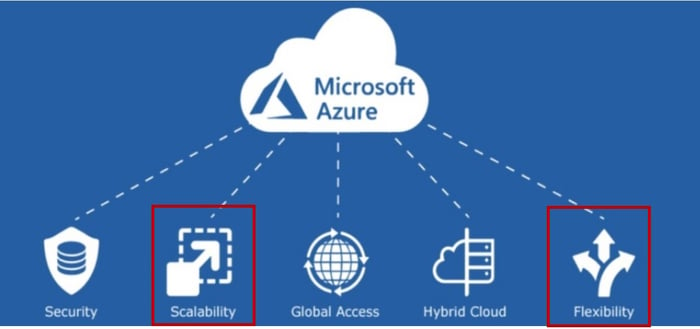
Importance of Microsoft Licence optimisation
Microsoft 365 licensing is often one of the larger expenses in the IT budget. This increase in pricing will be a challenge for many businesses, especially SMBs on lower tier plans which have seen the biggest percentage increase.
The price hike also arrives as many industries are still struggling to adapt and recover from Covid loss of trade, and compromised supply chains.
Microsoft License optimisation is going to be increasingly important as is having access to real-time 365 Licensing information. This will allow organisations to:
- monitor their environment during the Microsoft Enterprise Agreement and be able to see 365 license wastage and underutilisation;
- understand the fluctuations in workforce to enable right-sizing your licence investment;
- have access to powerful insights about granular real-time usage and determine how much value is being gained from the investment.

MobileCorp offers expert Managed Microsoft 365 Service
MobileCorp offers professional services to scope, procure, deploy and manage Microsoft 365 tenancies.
These include:
- consultancy and solution scoping
- solution architecture
- tenancy design and build
- migration
- license optimisation
We also offer an ongoing managed service, which may be charged on your Telstra bill, and delivers:
- tenancy management
- end user moves, adds and changes (MAC)
- licensing management
- technical support service desk
- security monitoring
- back-up service
- reporting package
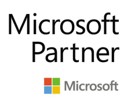

About MobileCorp
MobileCorp is an Australian communications technology company providing Microsoft 365 professional and managed services, Microsoft Endpoint Manager MDM, Managed Mobility Services, Complex Data and IP Networks, and solutions. We have a proven track record providing solution architecture, build, deployment, and managed services for Australian enterprise and business.
Microsoft Intune Michelle Lewis 17 Feb 2022
Related Posts
Popular Tags
- Mobility (80)
- Mobile Devices (79)
- Telstra (65)
- 5G (60)
- MobileCorp Managed Services (55)
- Mobile Network (34)
- Networks (34)
- Cradlepoint (31)
- Apple (29)
- MobileCorp (29)
- iPhone (25)
- Remote Working (23)
- Covid-19 (16)
- Network (16)
- Mobile Security (15)
- Wireless WAN (15)
- Cyber Security (14)
- UEM (14)
- MDM (11)
- Mobile Expense Management (10)
- Mobile Device Management (9)
- TEMs (9)
- Mobile Device Lifecycle (8)
- Cloud (7)
- Unified Comms (7)
- Unified Communications (7)
- Wandera (7)
- Android (6)
- Sustainability (6)
- Data Networks (5)
- Network Security (5)
- Samsung (5)
- Security (5)
- Digital Experience (4)
- IOT (4)
- Microsoft Intune (4)
- IT Services (3)
- Microsoft (3)
- Data (2)
- Government (2)
- Microsoft 365 & Teams (2)
- Retail (2)
- nbn (2)
- webinar (2)
- Blog (1)
- EMM (1)
- Emerging Technologies (1)
- Hosted Telephony (1)
- Managed Desktops (1)
- SD-WAN (1)
- Starlink (1)
- Telstra Services (1)
- video (1)



